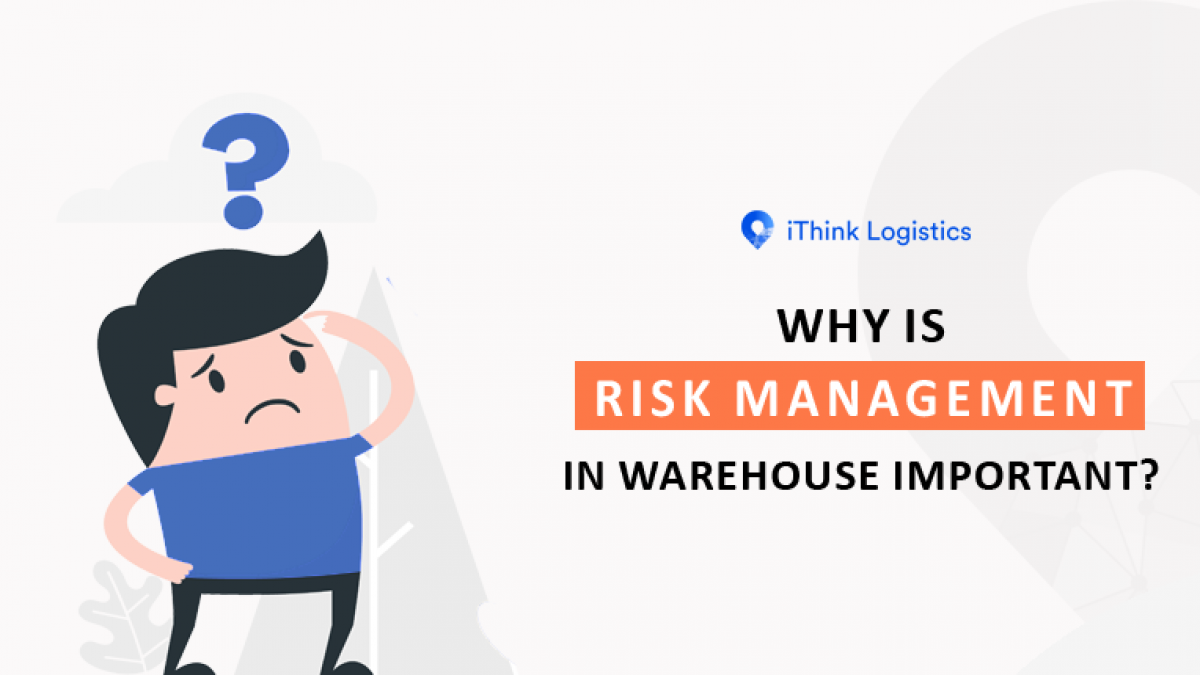Addressing the Unseen Risks: The Importance of Risk Management in Tech
Addressing the Unseen Risks: The Importance of Risk Management in Tech
Blog Article
The Significance of Understanding the Importance of Risk Management in Various Industries

The Core Principle of Risk Management and Its Objective
Risk Management, the keystone of lots of industries, pivots on the identification, evaluation, and reduction of uncertainties in a business environment. It is an indispensable practice that allows companies to safeguard their possessions, reputation, and overall survival. By correctly determining prospective threats, companies can establish methods to either avoid these risks from occurring or lessen their effect. The assessment process includes assessing the likelihood and prospective intensity of these risks. The reduction procedure includes creating methods to minimize their prospective effect when threats have been determined and evaluated. This procedure is intermittent and recurring, ensuring that services are planned for the ever-changing nature of Risk in different industries. The primary purpose, thus, is to foster durability amidst uncertainties.
Benefits of Executing Risk Management in Organization Operations

Unveiling the Function of Risk Management in Different Industries
While every sector challenges its one-of-a-kind set of dangers, the application of Risk Management techniques stays a typical in their pursuit of sustainability and growth. In the healthcare industry, Risk Management entails ensuring person safety and security and information defense, while in money, it involves mitigating investment threats and guaranteeing regulative conformity. Inevitably, the role of Risk Management across industries is to determine, examine, and minimize risks.
Real-life Situation Research Studies Showing Effective Risk Management
To understand the value of Risk Management in these many fields, one can seek to numerous real-life circumstances that illustrate the effective application of these measures. For example, in the energy market, British Petroleum developed Risk mitigation intends post the 2010 Gulf of Mexico oil spill. They executed better security procedures and more stringent laws which substantially lowered further crashes. Likewise, in finance, Goldman Sachs efficiently browsed the 2008 monetary crisis by determining possible mortgage-backed safety and securities threats early. Last but not least, Toyota, upload the 2011 quake in imp source Japan, changed its supply chain Management to minimize interruption risks. These cases demonstrate just how industries, picking up from situations, effectively used Risk Management methods to reduce future dangers.
Future Fads and Growths in Risk Management Strategies
Cybersecurity, when a peripheral worry, has actually catapulted to the center of Risk Management, with strategies focusing on prevention, reaction, and discovery. The integration of ESG (Environmental, Social, Governance) elements right read what he said into Risk Management is an additional growing trend, mirroring the enhancing recognition of the role that ecological and social threats play in service sustainability. Hence, the future of Risk Management exists in the blend of sophisticated innovation, cutting-edge methods, and an alternative method.
Conclusion
In conclusion, recognizing the significance of Risk Management across a spectrum of markets is important for their long life and prosperity. Eventually, successful Risk Management contributes to a lot more resilient and sustainable organizations, highlighting the importance of this practice in today's dynamic and very competitive business environment.
While every sector challenges its one-of-a-kind collection of threats, the execution of Risk Management approaches continues to be a common denominator in their pursuit of sustainability and development. In the health care sector, Risk Management involves making sure individual safety and security and information security, while in money, it involves mitigating financial investment dangers and ensuring regulative compliance. Ultimately, the duty of Risk Management throughout markets is to recognize, analyze, and mitigate risks. These instances demonstrate just these details how markets, discovering from situations, properly used Risk Management techniques to decrease future risks.

Report this page